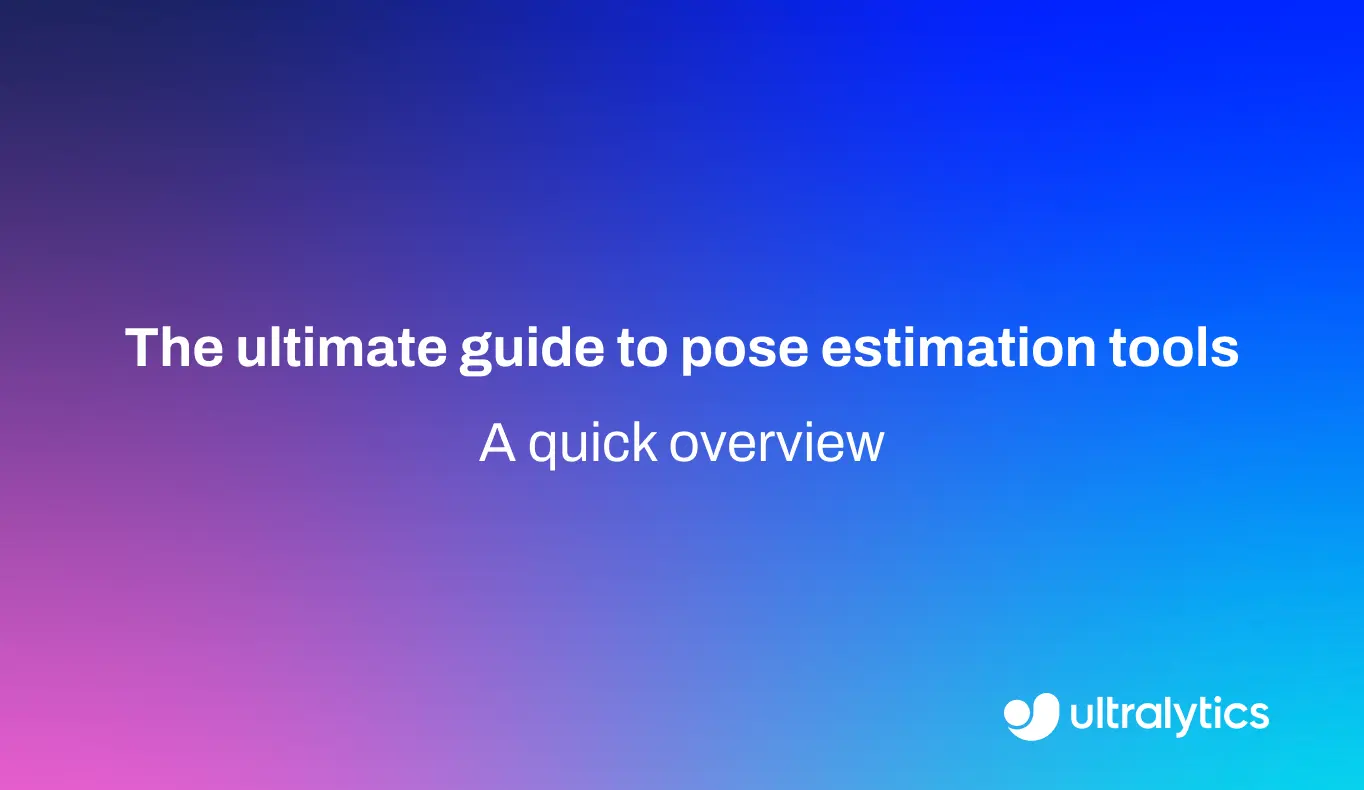Precision
Discover the importance of Precision in AI, a key metric ensuring reliable positive predictions for robust real-world applications.
Precision represents a fundamental metric in the realm of data science and statistics, quantifying the exactness of a
model's positive predictions. In the context of
machine learning (ML), it specifically answers
the question: "Out of all the instances the model predicted as positive, how many were actually positive?"
This measure is critical for assessing the reliability of a system, particularly in scenarios where
false positives
(predicting an event when none occurred) carry significant costs or risks. By focusing on the quality of the positive
results rather than just the quantity, developers can ensure their
AI agents act with a high degree of certainty.
The Importance of Precision in AI
The value of precision becomes most apparent when considering the consequences of incorrect predictions. A model with
high precision generates very few false alarms, meaning that when it flags an item or event, human operators can trust
that the detection is legitimate. This trustworthiness is vital for
automated machine learning (AutoML)
pipelines where human intervention is minimal. Conversely, low precision can lead to "alert fatigue," where
users begin to ignore the system's outputs due to the frequency of errors, undermining the utility of the
artificial intelligence (AI) solution.
Real-World Applications
To understand how this metric impacts daily operations, consider its role in different industries:
-
Email Spam Filtering: In
natural language processing (NLP)
tasks like spam detection, precision is paramount. If a legitimate email from a boss or client is incorrectly
classified as spam (a false positive), the user might miss critical information. Therefore, spam filters are tuned
for high precision to ensure that emails sent to the junk folder are almost certainly actual junk. You can learn
more about text classification in standard NLP guides.
-
Manufacturing Quality Control: In
smart manufacturing environments, computer vision
models inspect assembly lines for defects. If a model has low precision, it might flag perfectly good products as
defective. This leads to unnecessary waste and increased production costs as functional items are discarded or
reworked. Implementing robust
object detection using state-of-the-art
architectures helps maintain high precision, ensuring only truly flawed items are removed.
-
Retail Loss Prevention: For
AI in retail, automated systems detect potential
theft at checkout kiosks. A system with poor precision would frequently accuse honest shoppers of stealing, causing
frustration and damaging the customer experience. High precision ensures that security personnel are only alerted
when there is a strong probability of theft, as discussed in
security alarm system implementations.
Distinguishing Precision from Related Concepts
It is common for newcomers to confuse precision with other performance indicators. Differentiating these terms is
essential for proper
model evaluation insights.
-
Precision vs. Accuracy: While
Accuracy measures the overall correctness of all
predictions (both positive and negative), it can be misleading when dealing with
imbalanced datasets. For example, in a dataset where 99% of cases are negative, a model that predicts "negative" every time
achieves 99% accuracy but 0% precision for the positive class.
-
Precision vs. Recall: There is often an inverse relationship known as the
precision-recall tradeoff. While precision focuses on the correctness of positive predictions,
Recall measures the completeness—how many of the
actual positive instances were captured. A system optimized purely for precision might miss some real positives
(lower recall), whereas one optimized for recall might generate more false alarms (lower precision).
-
F1-Score: To balance these two competing metrics, data scientists often use the
F1-Score, which is the harmonic mean of precision and
recall. This provides a single metric to assess
model performance comprehensively.
Calculating Precision with Ultralytics
In practical computer vision workflows, measuring precision is a standard step during the
validation phase. Modern frameworks like
YOLO11 calculate precision automatically alongside other metrics like
Mean Average Precision (mAP) to give a
detailed view of how well the model localizes and classifies
bounding boxes.
The following example demonstrates how to validate a model and retrieve precision metrics using the
ultralytics package. This process is crucial when performing
hyperparameter tuning to improve results.
from ultralytics import YOLO
# Load a pre-trained YOLO11 model
model = YOLO("yolo11n.pt")
# Validate the model on the COCO8 dataset
# This calculates Precision, Recall, and mAP based on the validation set
metrics = model.val(data="coco8.yaml")
# Access and print the mean Precision (P) score
print(f"Mean Precision: {metrics.box.mp:.3f}")
In this snippet, the val() method runs inference across the dataset, compares the predictions to the
ground truth, and computes the metrics. The
metrics.box.mp attribute specifically holds the mean precision score for all classes, giving you a quick
snapshot of the model's exactness.
Improving Model Precision
If a model exhibits low precision, it suggests it is "hallucinating" objects that are not there. To address
this, developers might adjust the confidence threshold,
ensuring the model only outputs predictions when it is highly certain. Additionally, curating a high-quality
training dataset that includes difficult
"negative" examples—images that look like the target object but aren't—can help the model learn to
distinguish true positives from background noise more effectively. Techniques such as
active learning can also be employed to iteratively
improve the model by focusing on samples where it is currently making errors.
For a deeper dive into how different models stack up in terms of precision and efficiency, you can explore the
Ultralytics model comparison pages, which provide
benchmarks for speed and accuracy across various architectures.










